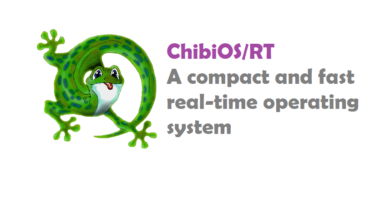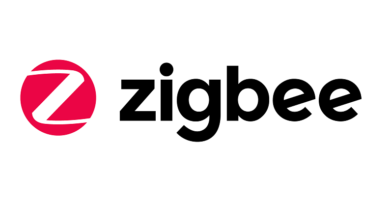Introduction of Socket.IO – A real-time web applications
What is Socket.IO?
Socket.IO is a JavaScript library for real-time web applications, built atopEngine.IO.. It enables real-time, bi-directional communication between web clients and servers. It has two parts: a client-side library that runs in the browser, and a server-side library for node.js. Both components have an identical API. Socket.IO primarily uses the WebSocket protocol with polling as a fallback option, while providing the same interface. Although it can be used as simply a wrapper for WebSocket, it provides many more features, including broadcasting to multiple sockets, storing data associated with each client, and asynchronous I/O.
You can use SocketIO easily with Express. Read this article ExpressJS – Web framework for Node.js
Why use
If you want to make a chat application with popular web applications stacks like LAMP (PHP) has traditionally been very hard. It involves polling the server for changes, keeping track of timestamps, and it’s a lot slower than it should be. Sockets have traditionally been the solution around which most real-time chat systems are architected, providing a bi-directional communication channel between a client and a server.
This means that the server can push messages to clients. Whenever you write a chat message, the idea is that the server will get it and push it to all other connected clients.
Applications
Some real-time applications are −
- Instant messengers − Chat apps like Whatsapp, Facebook Messenger, etc. You need not refresh your app/website to receive new messages.
- Push Notifications − When someone tags you in a picture on Facebook, you receive a notification instantly.
- Collaboration Applications − Apps like google docs, which allow multiple people to update same documents simultaneously and apply changes to all people’s instances.
- Online Gaming − Games like Counter Strike, Call of Duty, etc., are also some examples of real-time applications.
Socket.IO is NOT a WebSocket implementation. Although Socket.IO indeed uses WebSocket as a transport when possible, it adds some metadata to each packet: the packet type, the namespace and the ack id when a message acknowledgement is needed. That is why a WebSocket client will not be able to successfully connect to a Socket.IO server, and a Socket.IO client will not be able to connect to a WebSocket server either. Please see the protocol specification here.
You may like also:
- How To Install Node.js on Ubuntu
- IoT Communication APIs
- IoT vs M2M | Difference between M2M and IoT
- IoT Enabling Technologies
How To install Socket IO
Server
npm install --save socket.io Source
Javascript Client
npm install --save socket.io-client Source
How To Use
Visit these links
Socket.IO has played an important role in the popular adoption of Node.js by making WebSockets both accessible and reliable. Version 1.0 represents a major step in its evolution and the extraction of Engine.IO has opened up some interesting possibilities for the Node.js ecosystem.
We’ve only covered only introduction of Socket.IO in this article, you can read about the rest at the Socket.IO website: http://socket.io/docs/.
You may like also:
- How To Create Secure MQTT Broker
- How To Enable Free HTTPS on your website
- How To Install Node.js on Ubuntu
- How to install MongoDB in ubuntu
- How to Install InfluxDB on Ubuntu
- What is Jinja
- How to Install PyCharm on Ubuntu





Pingback: MQTT Public Brokers List - IoT - IoTbyHVM - Explore tech bytes
Pingback: Flask SocketIO - Socket.IO integration for Flask applications.